Some were terrified when North Korea fired a ballistic missile over their head. Some were excited to see if U.S. would finally launch a pre-emptive military strike. But very few ask the burning and critical question – why didn’t the military superpower U.S. shoot down Fatboy Kim’s missile? The real answer could be rather embarrassing though.
Perhaps under pressure, Defence Secretary James N. Mattis has been forced to answer that question on Monday, not that he could avoid it anymore after North Korea successfully fired a ballistic missile which travelled about 3,700 kilometres (2,300 miles) – within a striking range of U.S. military base Guam. Mattis said the U.S. hasn’t yet seen the need to shoot down North Korean missiles.
Seriously? The U.S. Defence Secretary claims that Kim’s ballistic missiles have not been on a trajectory to hit U.S. or allies’ territory. Clarifying to reporters at the Pentagon, Mattis said – “They are intentionally doing provocations that seem to press against the envelope to see how far they can push without going over some kind of line in their minds that would make them vulnerable.”
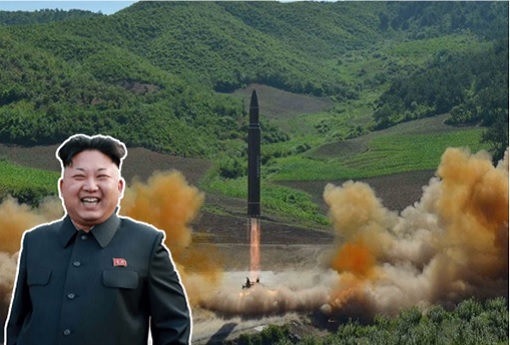
If what Mr. Mattis said is true about not getting tricked by “Rocket Man’s” missile provocations, then why did Mr. Trump go ballistic and foaming at the mouth every single time North Korea rhetorically threatens to exterminate the United States of America? Besides, wouldn’t shooting down Kim’s missile the best way to demonstrate the U.S. defence capability?
Even if the U.S. was too humble to show off, wouldn’t shooting down incoming North Korea missiles the best proof of concept to the world that under U.S. protection, Japan and South Korea are impenetrable, indirectly sending shivers down Kim Jong-un’s spine? More importantly, wouldn’t shooting down that missile helps U.S. defence contractors sell more defence equipments?
Apparently, the U.S. has 33 Aegis warships that can launch an interceptor to supposedly hit a mid-or intermediate-range missile like the Hwasong-12 that North Korea sent over Hokkaido. And 16 of those warships are currently in the Pacific. But it’s puzzling that none of them was under any instruction to shoot the missile down.
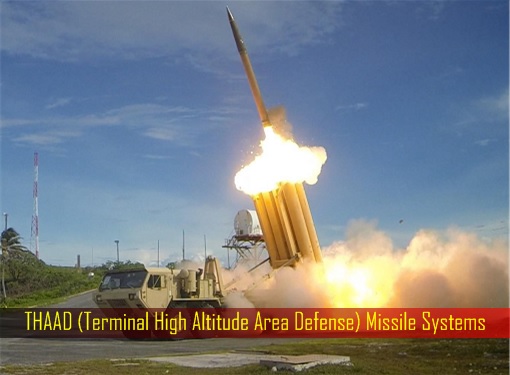
The main reason why neither the U.S. nor Japan tried to intercept a North Korean missile fired over Hokkaido on September 15 is that they couldn’t. Missile expert Joe Cirincione reveals that any attempt to hit the North Korean intermediate-range ballistic missile was problematic since it was already too high for US-made Aegis, Patriot or Terminal High Altitude Area Defence (THAAD) anti-missile systems to destroy.
Embarrassingly, there’s another reason as to why the North Korean missile lobbed over Japan was not shot down. As revealed by Defence One, between January 2002 and August 14 of this year, the Defence Department attempted 37 intercepts of a mid-range missile and hit the target only 29 times with an SM-3. That’s 78% success rate.
In February, MDA (Missile Defence Agency) showed off that their newest version of the standard missile – the SM-3 IIA – could hit a mid-range missile. But a second test in June was a failure. The U.S. Navy later blamed that on human error. Obviously 50% isn’t something you wish to show off to the world, let alone Kim Jong-un, right?
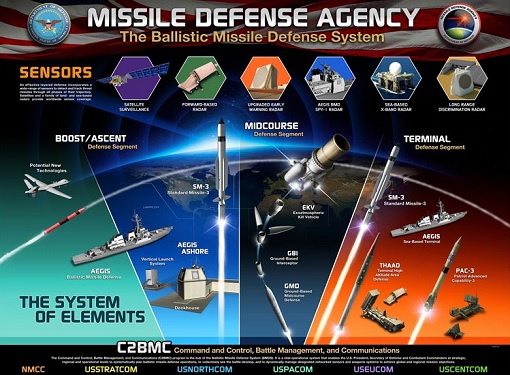
Four months ago May, the U.S. military burnt US$244 million as they desperately rushed for it’s first-ever missile defence test involving a simulated attack by an ICBM. The interceptor rocket hit and destroyed an intercontinental-range missile fired from the Ronald Reagan Ballistic Missile Defence Test Site on Kwajalein Atoll in the Marshall Islands, 4,200 miles away.
Since the interceptor system was declared ready for potential combat use in 2004, only four of nine intercept attempts have been successful – a success rate of only 44.44%. Philip E. Coyle, who formerly headed the Pentagon’s office of operational test and evaluation, said – “In school, 40% isn’t a passing grade.”
The U.S., Japan and South Korea have missile defence systems surrounding North Korea, including at sea. Therefore, if they wish to shoot down any missile coming out of the hermit kingdom under the pretext of defence, they could, but they didn’t. Analysts have stressed that knocking a missile out of the sky with interceptors is difficult because it was like “hitting a bullet with a bullet.”
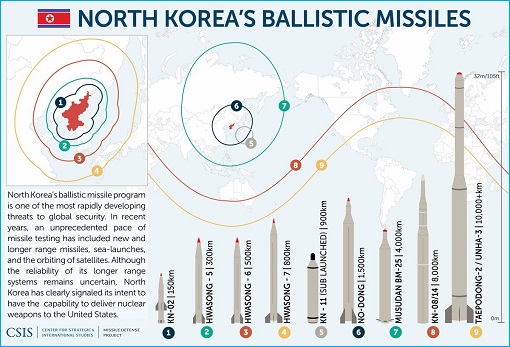
Intercepting a warhead travelling at hypersonic speed is a supreme technical challenge. And despite Pentagon spending US$40 billion on the sophisticated GMD – Ground-based Midcourse Defence System – specifically designed to thwart a nuclear strike by North Korea or Iran, the system has failed 6 out of 9 times in simulated attacks – a success rate of 33.33%.
Mattis can say whatever he wants but it doesn’t make sense that the U.S. didn’t intercept North Korean test missiles, as the U.S. military would normally do as a show of force. What if the test missile went haywire and came down on homeland Japan? That was why the sirens went off and the panicked Japanese people ran for cover, as instructed by their government, right?
Some idiots argued that shooting down a missile test aimed at the sea would be an act of war. But that same test missile flew “over” Japan and had already breached the space of Japan so they have every right to shoot it down, no? Of course, saying it’s not worth shooting down a test missile is a lame excuse to cover the U.S.’ inability to hit a bullet with a bullet with confidence and precision.
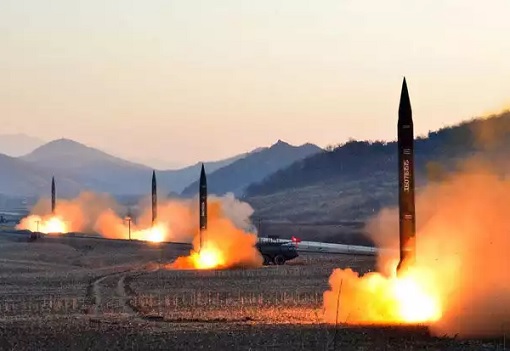
Equally embarrassing, in a show of force, Seoul test-launched two Hyunmoo-2 intermediate-range ballistic missiles near the border with North Korea just 6 minutes after Pyongyang tested its missile. One “accurately hit” a simulated target while the other failed and fell into water “in the initial stage.” Considering the Hyunmoo missile “is a key component to counter possible North Korean missile attacks,” South Koreans should be very afraid.
In reality, while the U.S. has the most powerful weapon in the world, they suck big time in defence. All this while, they have been focusing on attacking their enemies, not on defending its nation. On the contrary, nation such as Russia which has been subject to U.S. intimidation, especially in the European Union, actually excels in defence system.
Other Articles That May Interest You …
- North Korea’s 10 Clever Tactics To Evade Economic Sanctions
- China Lectures USA – Stop Whining, Take Responsibility, Fix Your Own Problems
- Fatboy Kim Strikes Again! – Second Missile Over Japan, Guam Is Now Within Range
- Kim Gives Trump The Middle Finger – And There’s Nothing The U.S. President Can Do
- China Has Spoken – If US-South Korea Strikes North Korea, We Will Defend Kim
- U.S. Just Burnt $244 Million On A Test – North Korea Has 50% Of Hitting America
- How China Brilliantly Uses North Korea To Get What They Want From Trump
- Relax Mr. Kim, Here’s Why China Will Not Allow U.S. Attacks North Korea
- Tactical Error – THAAD Deployment Means US-South Korea VS China-Russia

|
|
September 19th, 2017 by financetwitter
|


|

|

|

|

|

|




























Comments
Add your comment now.
Leave a Reply